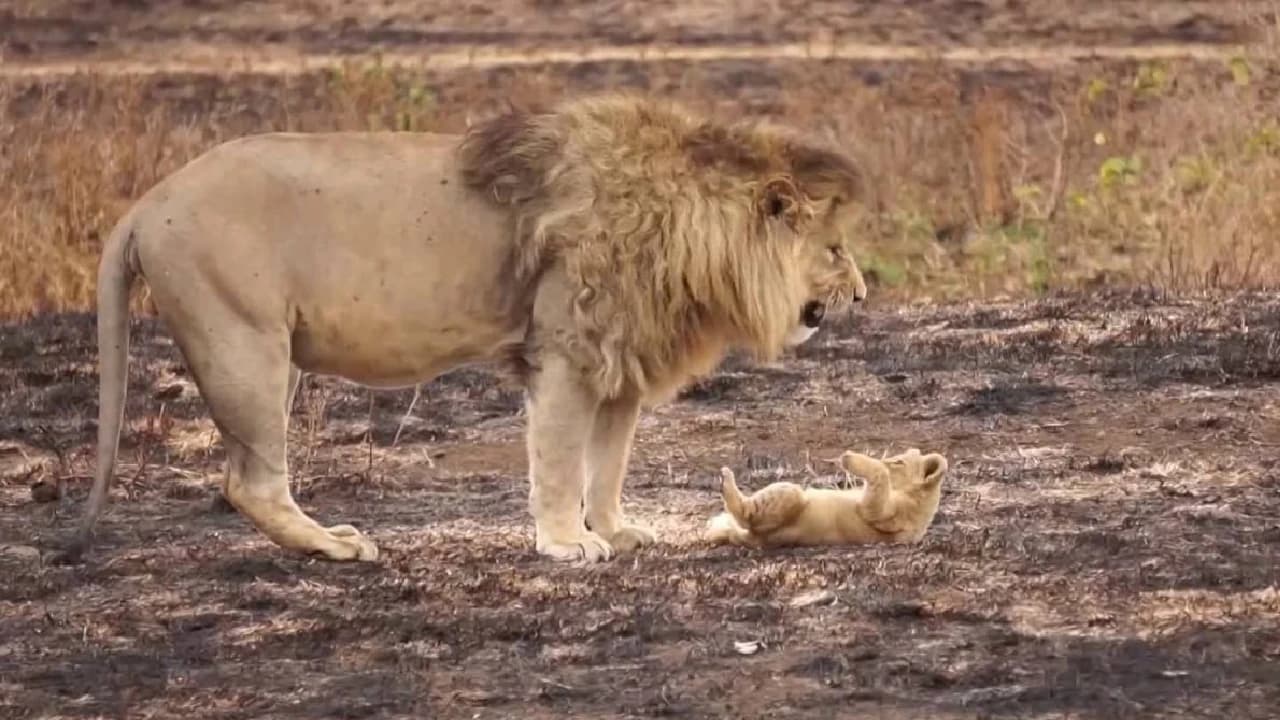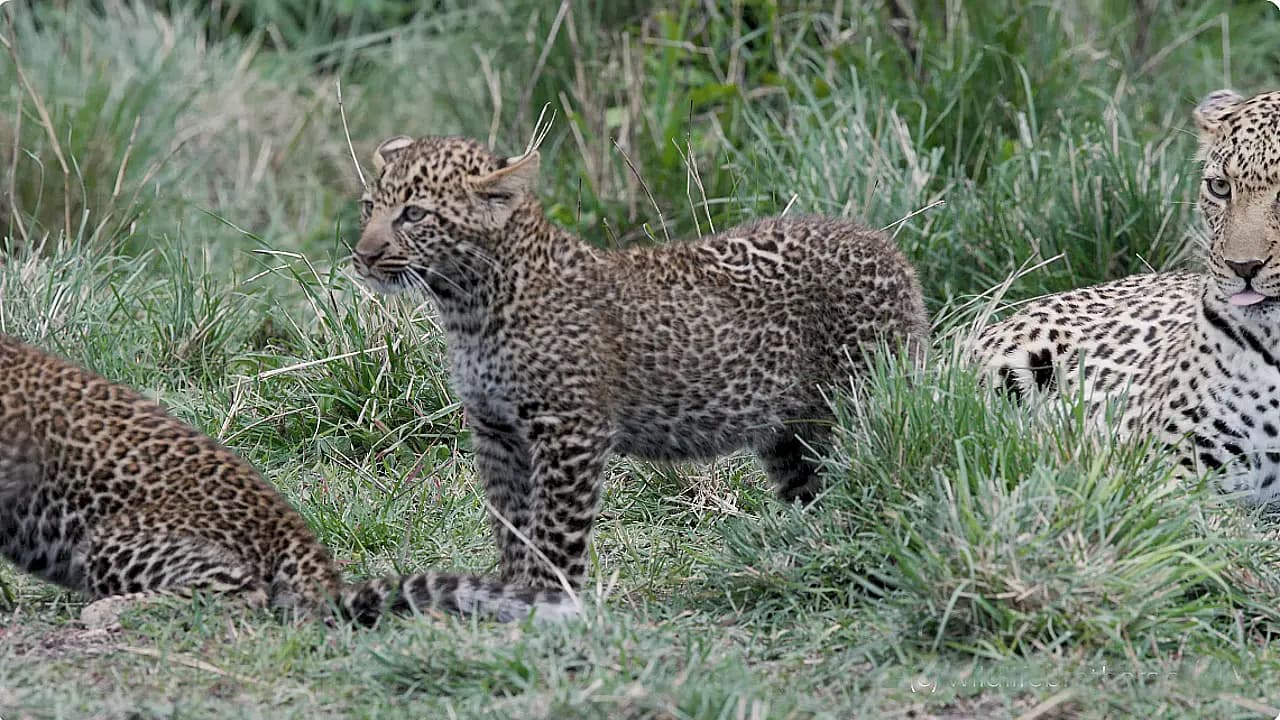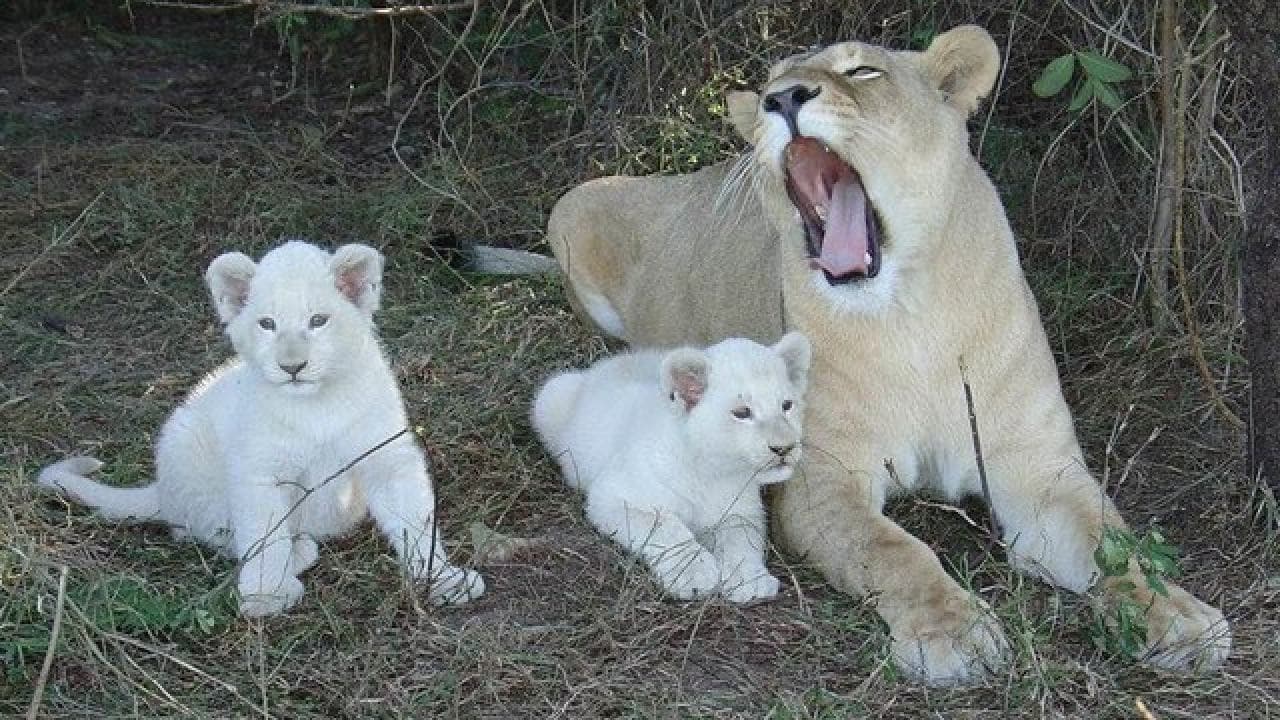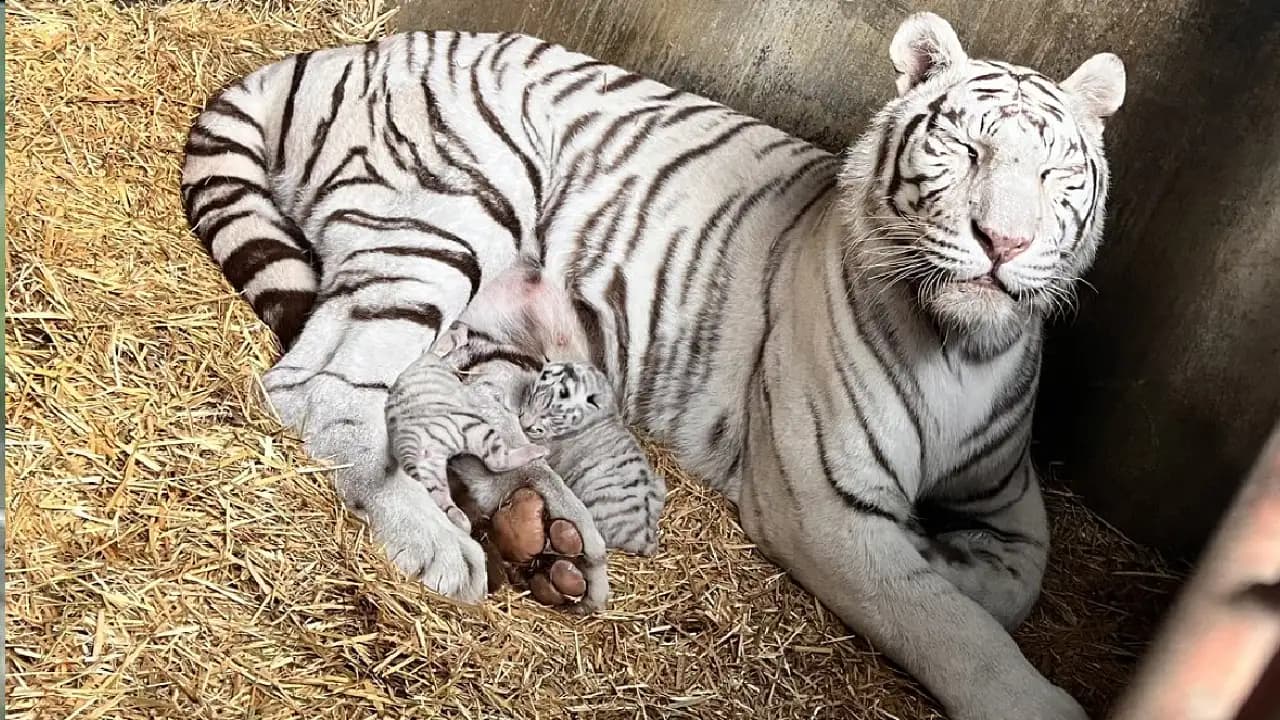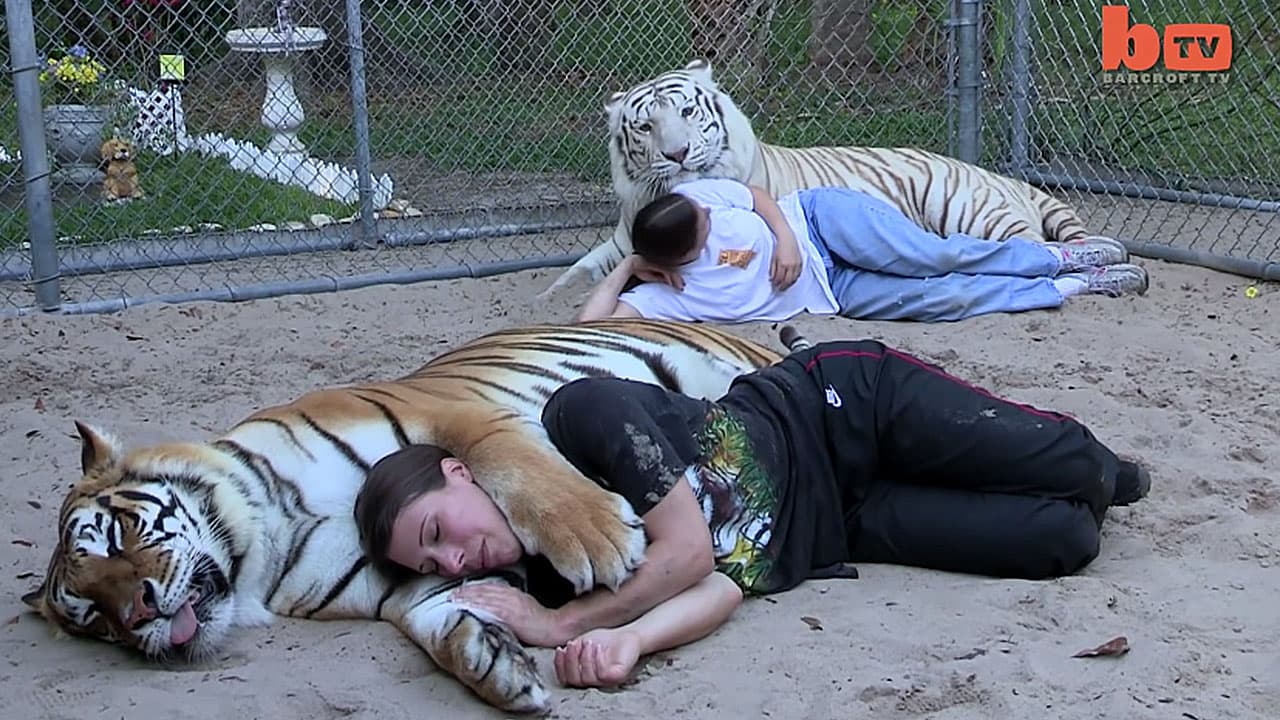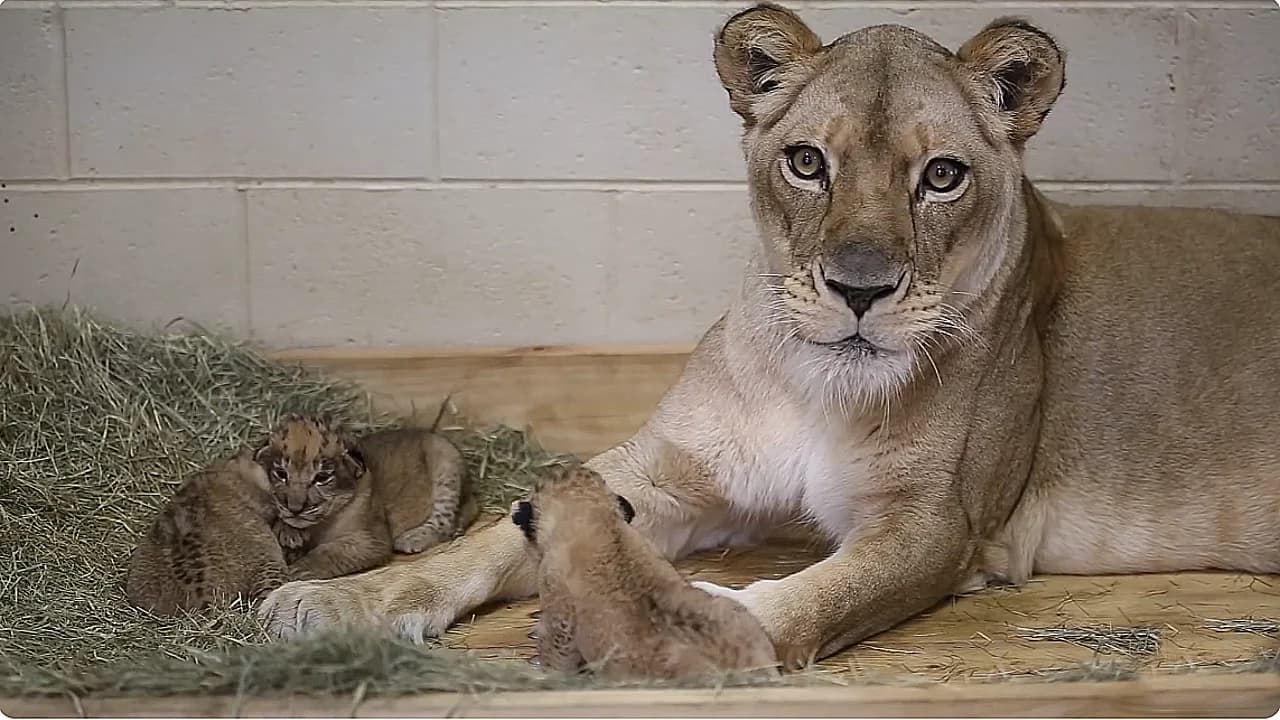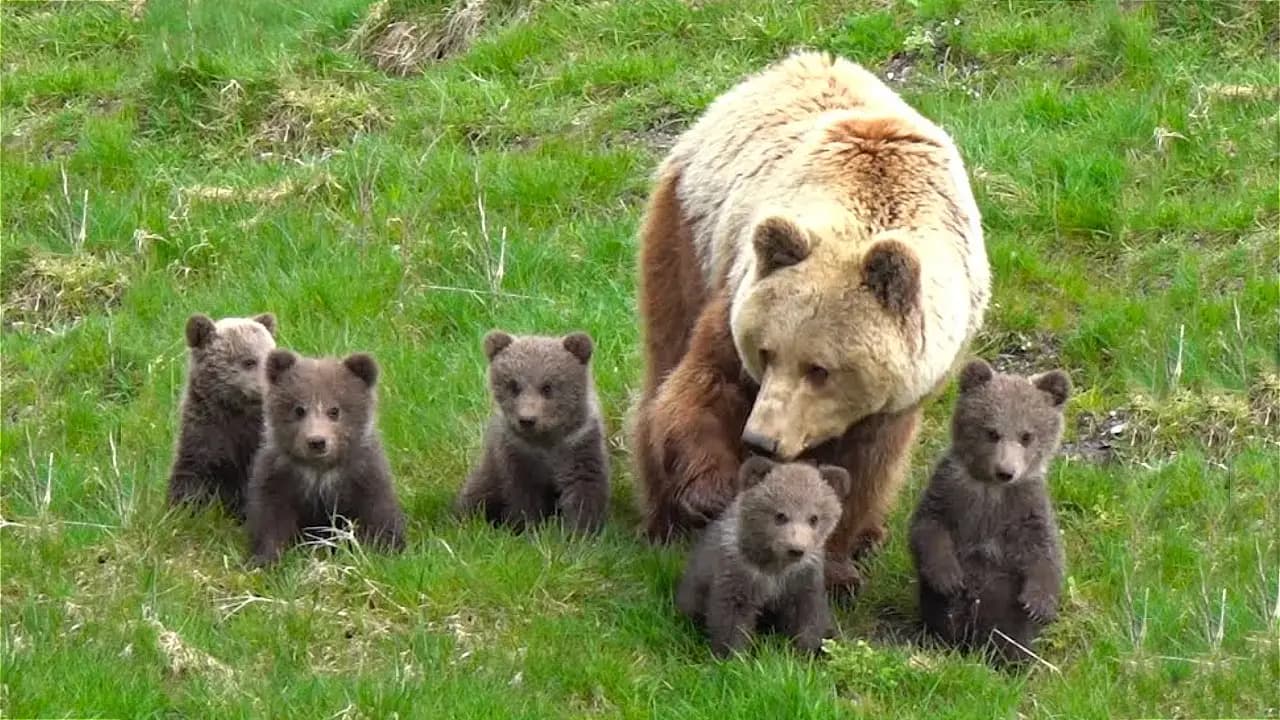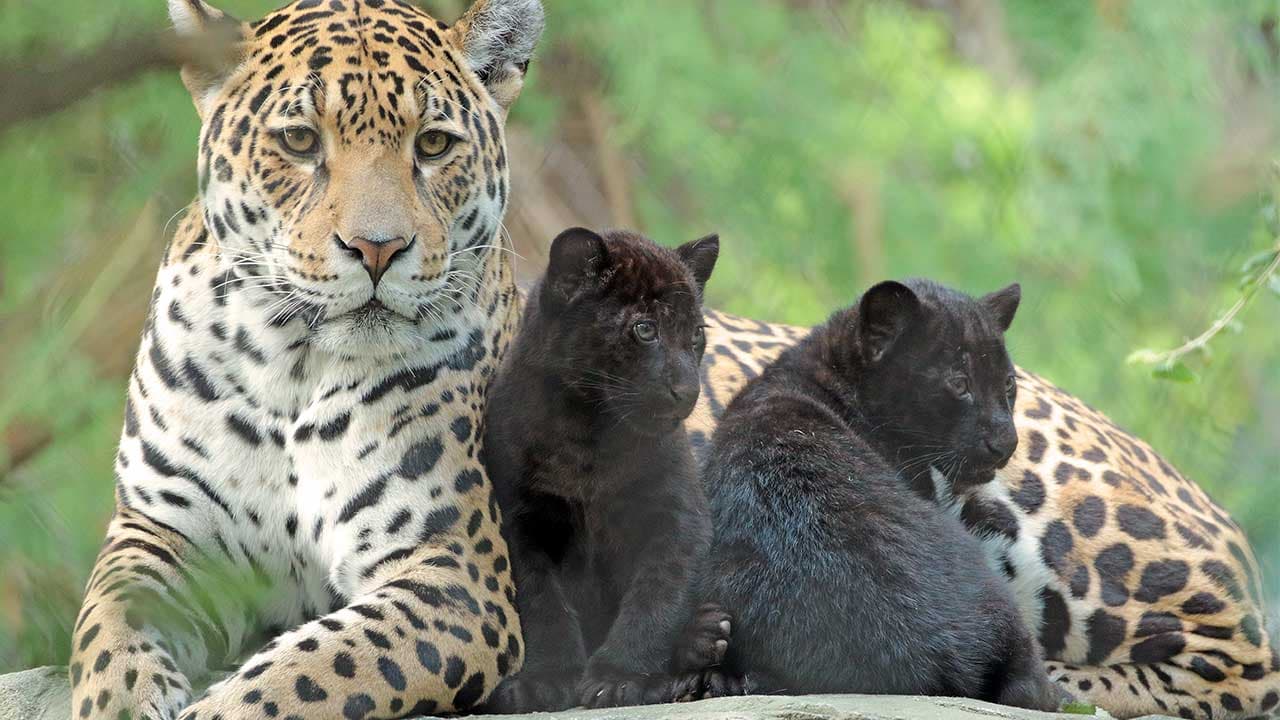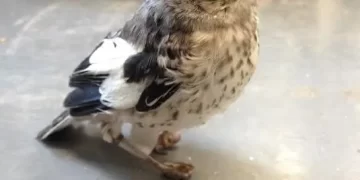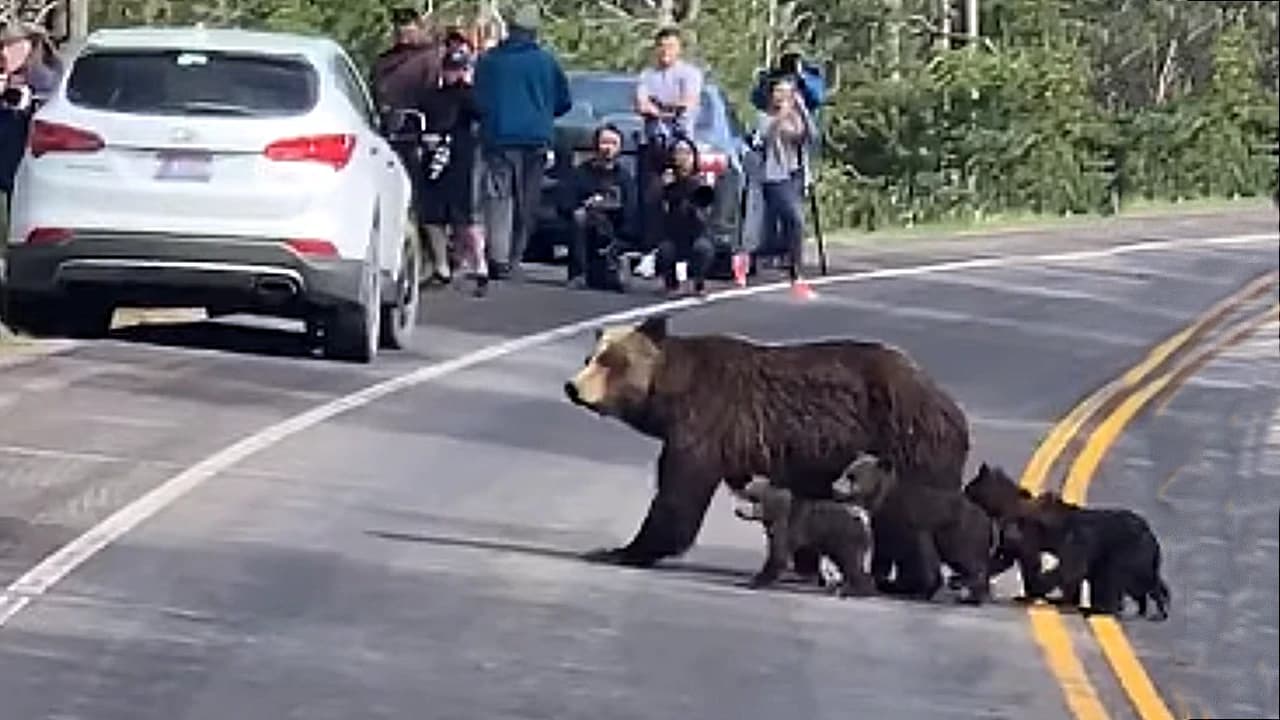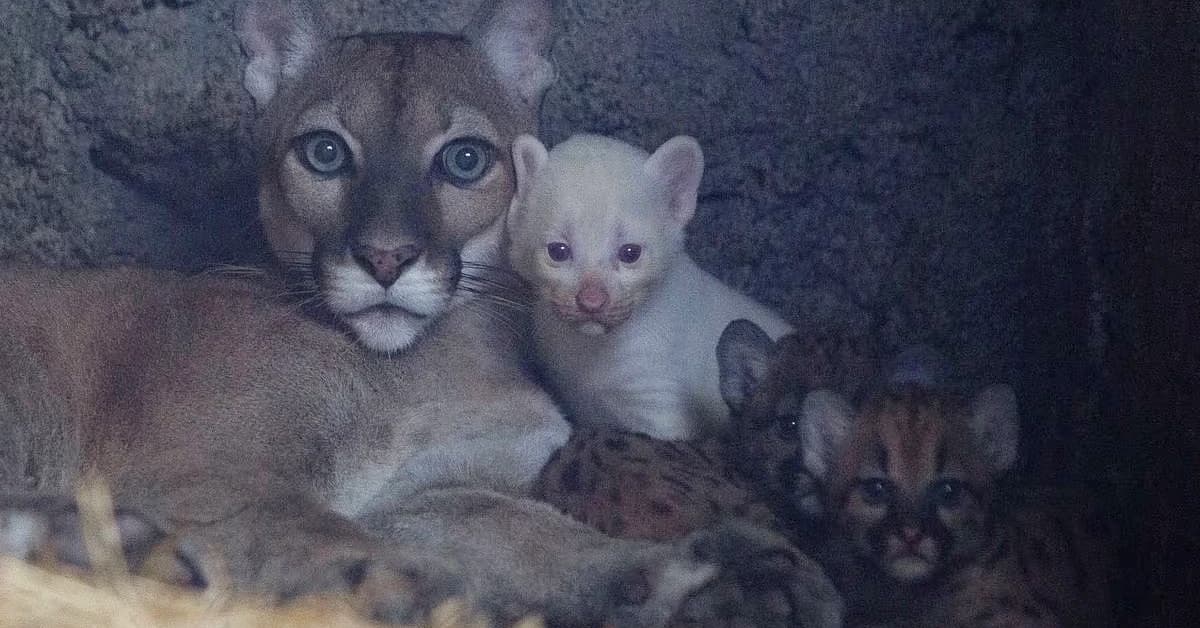
A rare and remarkable event unfolded in the wild, as a leopard was observed capturing a lion cub, an action that underscores the complex relationships and competitive struggles between predators in the animal kingdom. This surprising moment provides valuable insights into the precarious nature of survival in the wild, where even the young of a dominant species like lions can fall prey to another, more agile and opportunistic predator. The leopard’s ability to stalk and swiftly overpower the cub highlights its incredible stealth and dexterity—traits that allow it to thrive in the competitive and often hostile environment of the African savannah.
Predators like leopards and lions are constantly engaged in a battle for resources, territory, and survival. While lions, as apex predators, are typically at the top of the food chain, even their young are not immune to the dangers of the wild. The behavior displayed by the leopard in this instance offers a rare and valuable look into the ongoing survival strategies of these magnificent creatures. It emphasizes how every member of the ecosystem, from the smallest scavenger to the most powerful predator, plays a crucial role in maintaining the balance of nature.
The implications of such an act are far-reaching. The social structure of lion prides could be impacted by the loss of a cub, particularly if it disrupts the cub’s role within the pride’s future hierarchy. For the leopard, this successful ambush not only ensures nourishment but also signals the critical nature of its adaptability in a world where resources are limited and the competition is fierce. The ability to exploit vulnerabilities—such as a lone, unguarded cub—illustrates the leopard’s cunning and its ability to assess and take advantage of opportunities when they arise.
While such predatory actions may seem shocking, they are a natural part of the ongoing struggle for survival in the wild. In the harsh, competitive world of large carnivores, these interactions remind us that life and death are often dictated by instinct, strategy, and sheer tenacity. The leopard’s bold move is a reminder of the delicate balance that sustains ecosystems, where the fate of one species is inextricably tied to that of another. These moments, though rare, serve to highlight the fragility of life in the animal kingdom and the intricate web of predator-prey relationships that defines it.
Through these rare and captivating moments, we gain a deeper understanding of wildlife dynamics. It forces us to rethink the concept of dominance and survival in the wild, challenging our perception of what it means to be at the top of the food chain. Observing these fierce competitions between predators adds another layer to our appreciation of the natural world, revealing just how intricate, unpredictable, and harsh life can be for even the most powerful creatures on earth.

